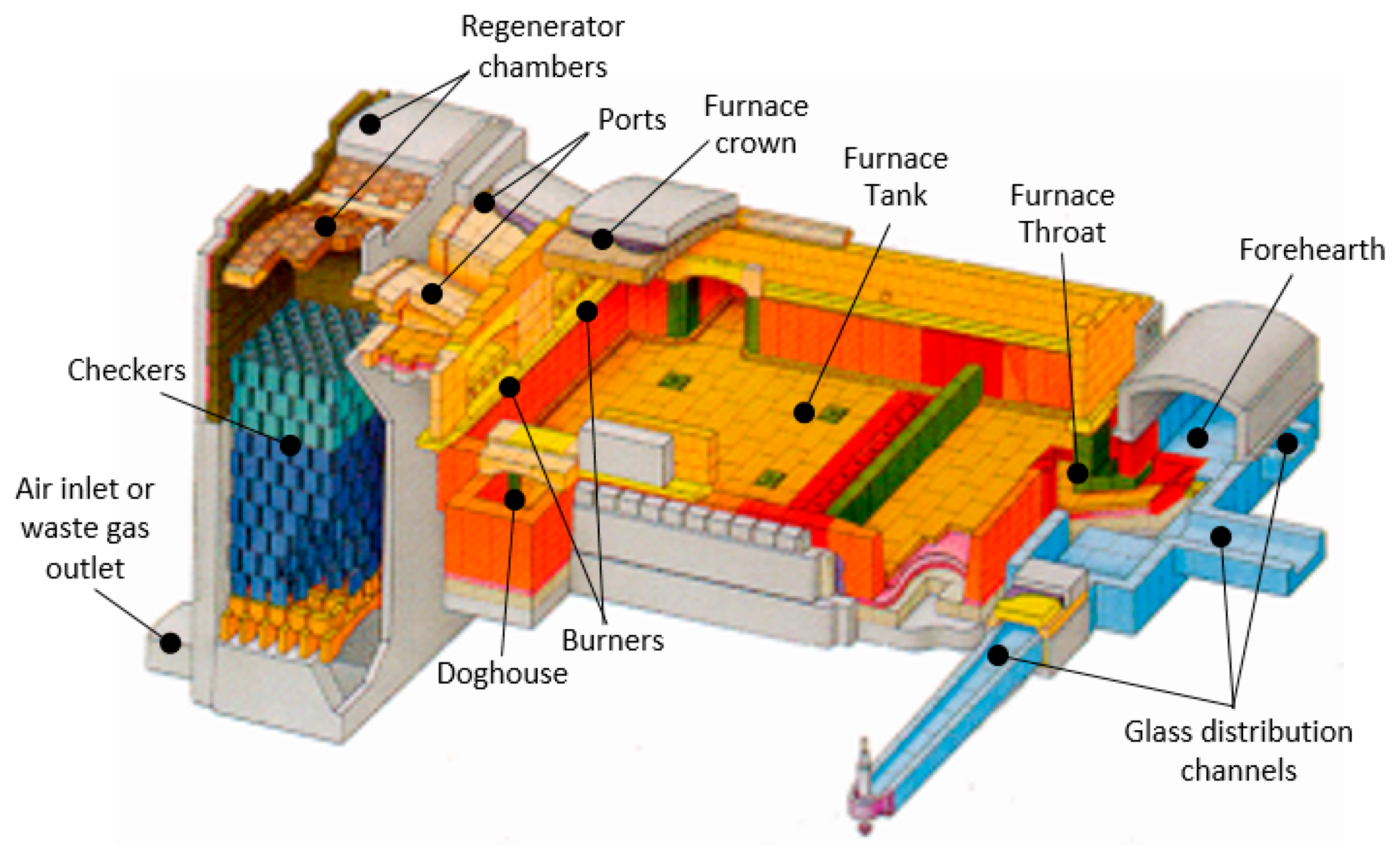
The fused cast AZS block is made by melting the raw material mixture in an electric furnace and pouring it into a mold to solidify. The finished product has high density.
Compared with sintered AZS blocks, fused cast blocks have higher bulk density and lower apparent porosity, and have better corrosion resistance. They have high strength at normal temperature and high temperature, and low blisterign potential in most applications.
The main phases of the fused AZS block are ZrO2, alumina and glass phases. The glass phase can be seen as a bonding structure that connects the blocks together.
Sintered AZS blocks are made by sintering raw materials at 1700-1750°C, using different methods, such as traditional dry pressing, isostatic and vibration casting. The chemical composition of sintered AZS is similar to that of fused cast AZS, but the sintered one does not contain carbon.
The main phases of sintered AZS are ZrO2, alumina and mullite. It contains little or no glass phase. Compared with fused cast AZS, the chemical composition and microstructure of sinter AZS are more uniform. It has lower thermal conductivity and thermal expansion rate, so it has lower heat loss and better thermal shock resistance.
The selection of refractory materials for glass furnaces is determined according to their corrosion resistance, mechanical strength and thermal shock resistance to molten glass.
The fused AZS block has better performance and longer service life. However, sintered AZS blocks have a lower price, so in many applications, they are an cost-efficient alternative to fused cast products.



